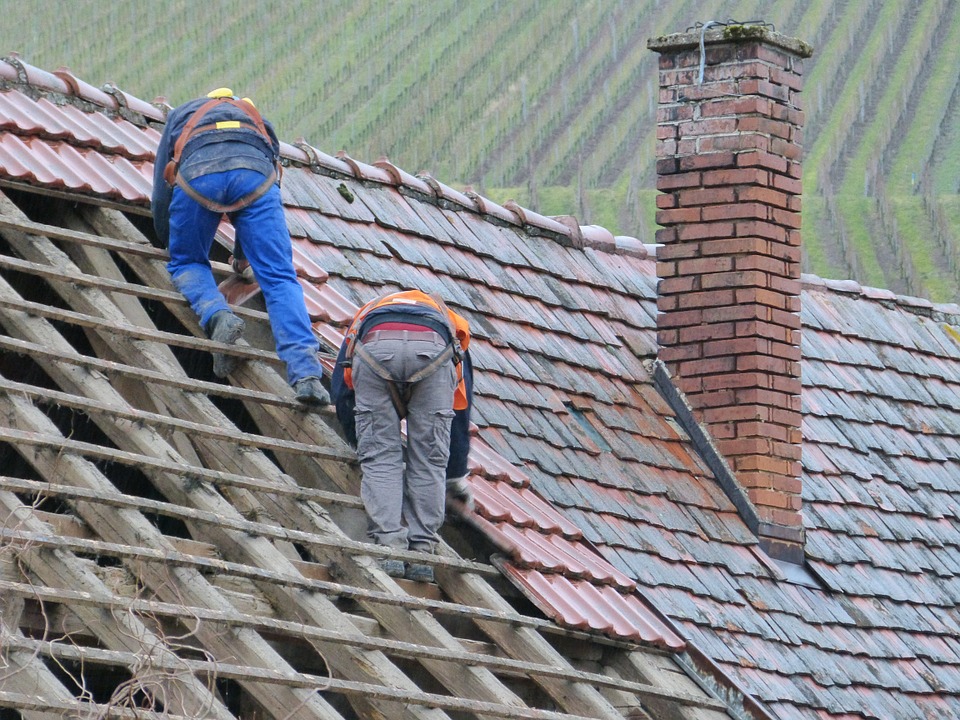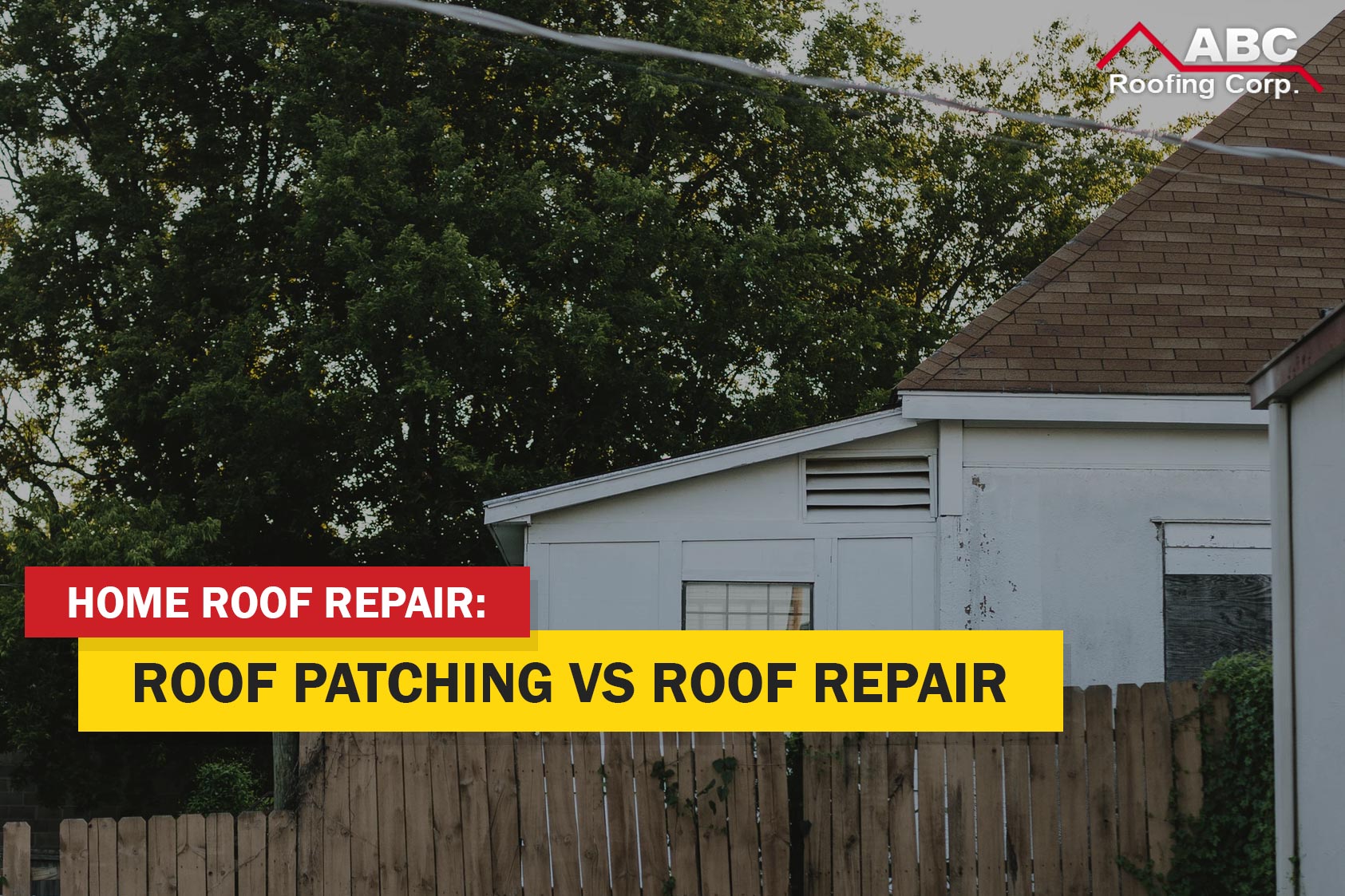Discovering the Numerous Sorts Of Roof Coverings: Which One Is Best for Your Home?
When taking into consideration the myriad kinds of roofing systems readily available, it is vital to examine exactly how each alternative lines up with your home's unique demands, including environment problems, aesthetic preferences, and structural functionality. From the traditional gable roofing that successfully networks rainwater to the contemporary level roof offering metropolitan versatility, each style offers distinct advantages and difficulties.
Saddleback Roof
Saddleback roofs, characterized by their triangular form and sloping sides, are a prominent selection among house owners looking for both aesthetic allure and functionality. This roofing system design efficiently enables for efficient water drainage, decreasing the risk of water merging and subsequent damage. Additionally, the high slopes create enough attic room space, which can be utilized for storage space or perhaps exchanged living locations.
One of the main advantages of gable roofing systems is their ability to stand up to harsh weather. The style aids in minimizing wind resistance, making them especially suitable for locations prone to tornados. Moreover, saddleback roofs can be created utilizing a range of products, consisting of roof shingles, tiles, and metal, giving house owners with versatility in layout and budget plan.
From a building perspective, gable roofing systems can improve the aesthetic charm of a home, offering a classic and timeless appearance. They can match various building designs, from standard to modern-day styles. However, it is vital to take into consideration possible drawbacks, such as the susceptibility to snow buildup in chillier environments. Generally, gable roofs stay a popular alternative because of their balance of functionality and style, appealing to a variety of home owners.
Apartment Roofs
While often ignored in support of more standard roof covering designs, flat roofings supply unique advantages that provide to specific architectural needs and contemporary layout preferences. These roof coverings are identified by their minimal pitch, enabling efficient use room, especially in city settings where making best use of square footage is essential.
One considerable advantage of flat roof coverings is their versatility. They can be utilized as additional home, such as roof gardens, outdoor patios, or photovoltaic panel installments, enhancing the functionality of a home. Additionally, level roofings are commonly easier and safer to browse during maintenance, helping with repair work and evaluations without the difficulties presented by high slopes.
Level roofs can also be extra economical in terms of materials and installation. With a simpler design, they typically require less resources, converting right into reduced labor costs. Nonetheless, it's vital to take into consideration water drainage and waterproofing, as flat roofing systems can be prone to pooling water if not effectively developed.

Hip Roofs
Hip roofing systems stick out for their sophisticated layout and structural integrity, making them a popular choice among house owners. Identified by slopes on all four sides, hip roofing systems give a well-balanced visual that matches various architectural designs - roof repair oahu. The in proportion nature of these roofs aids to disperse weight evenly, boosting stability and toughness
One of the key benefits of hip roofings is their capability to withstand extreme weather. The sloped surface areas help with effective water drainage and snow drainage, lowering the risk of leakages and structural damage. Furthermore, the design lessens wind resistance, making hip roofing systems less prone to wind uplift compared to other roof covering kinds.


Lost Roof Coverings
Dropped roofing systems, in comparison to the intricacy of hip roofing systems, offer a streamlined and minimalist layout that attract modern-day looks. Characterized by a solitary sloping surface, shed roofings are frequently made use of in modern design, yard sheds, and various other practical structures. This simpleness not just enhances visual allure but likewise allows for reliable water runoff, making them suitable for various environments.
One of the key benefits of shed roofings is their cost-effectiveness. With less products needed and a simple installment procedure, homeowners can conserve both money and time. The design also allows the unification of big windows or skylights, advertising all-natural light and creating roomy insides.
Nonetheless, it is important to consider the prospective disadvantages, consisting of minimal insulation alternatives and the need for careful layout to prevent excessive warm buildup. Furthermore, dropped roofs may not mix flawlessly with traditional architecture, which could be a concern for some property owners.
Ultimately, shed roof coverings present a useful and fashionable roof covering remedy for those looking for modernity and effectiveness. When selecting a roof kind, evaluating individual visual preferences and functional requirements will certainly lead property owners to the very best option for their one-of-a-kind demands.
Mansard Roof Coverings
Mansard roofing systems, characterized by their distinctive four-sided layout, visit this website are a hallmark of French architecture that combines style with capability. This building design includes 2 slopes on each side, with the reduced slope being steeper than the upper one. The one-of-a-kind configuration permits additional space in the upper levels, making it a suitable option for property owners looking for to take full advantage of useful area without expanding the structure's impact.
One of the substantial benefits of a mansard roof is its convenience. It can be adjusted to various architectural designs, from standard to contemporary, enhancing the visual allure of any home. In addition, the enough area produced under the roofing can quickly suit dormer home windows, which permit natural light and ventilation, more improving the comfort of the living location.
Nonetheless, potential homeowners need to think about the maintenance demands associated with mansard roofings. Installment prices might be higher contrasted to simpler roof designs due to the complexity of building.
Conclusion
Finally, the selection of an ideal roofing kind rests on private needs, climate factors to consider, and aesthetic preferences. Each roof design presents one-of-a-kind advantages, such as the effectiveness of saddleback roofs, the modern charm of shed roof coverings, and the stability of hip roofings. In addition, level roof coverings provide usefulness for metropolitan environments, while mansard roofings offer websites extra space regardless of higher installment costs. Inevitably, an extensive evaluation of these elements will certainly guide home owners in making a notified decision.
From this post the classic gable roofing system that effectively networks rainwater to the modern-day flat roofing system offering urban adaptability, each style presents unique advantages and challenges (roof repair oahu). Additionally, the style minimizes wind resistance, making hip roofings much less vulnerable to wind uplift contrasted to other roofing system types
Dropped roof coverings, in comparison to the intricacy of hip roofs, supply a streamlined and minimalist style that appeals to modern appearances. Each roof covering style provides one-of-a-kind advantages, such as the efficiency of gable roofing systems, the contemporary charm of shed roofings, and the stability of hip roofings. Level roofing systems use usefulness for city settings, while mansard roofs provide additional living area regardless of higher setup expenses.